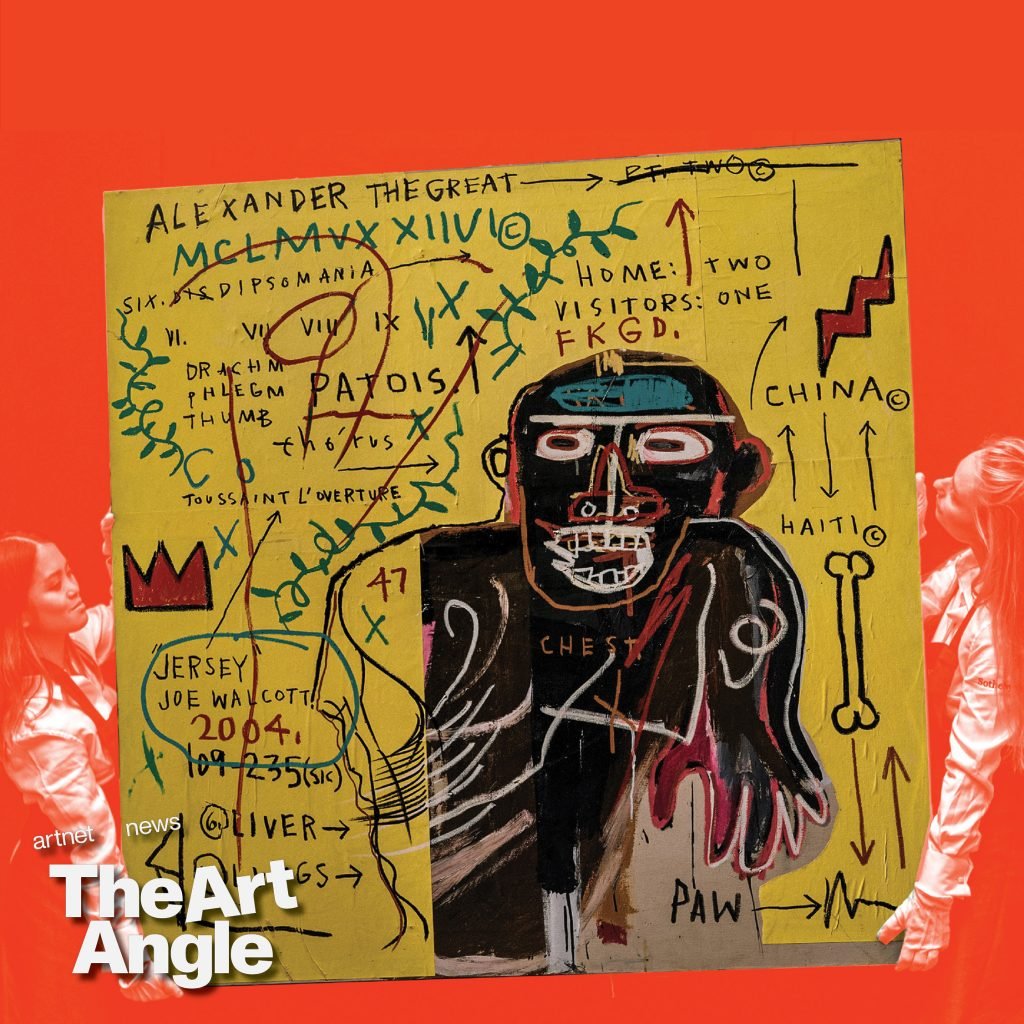The Art Angle
‘The Artwork Would Almost Have to Double In Price’: Is Fractional Art Investing the Future of the Market, or a Scam?
Who wants to buy a piece of a Picasso?

Who wants to buy a piece of a Picasso?

Artnet News

Welcome to the Art Angle, a podcast from Artnet News that delves into the places where the art world meets the real world, bringing each week’s biggest story down to earth. Join us every week for an in-depth look at what matters most in museums, the art market, and much more, with input from our own writers and editors, as well as artists, curators, and other top experts in the field.
So you want to buy a Picasso?
No, it’s too expensive.
Okay, fine, that’s fair. Want to buy a teensy, weensy, tiny little microscopic fleck of a Picasso?
That sounds better, doesn’t it? Believe it or not, that kind of sales pitch is actually gaining traction in a big way in the wild world of fractional art sales, where massive new startup companies are buying up the bluest of blue-chip art—think Basquiat, Joan Mitchell, and Ed Ruscha—and selling what are essentially shares in these pieces to speculative investors. With an influx of companies like Masterworks, Yieldstreet, and Particle, it’s rapidly becoming a big business.
But what do you actually get if you buy a share in a painting, how does it work, and what is it really worth? This week, senior reporter and resident Art Detective Katya Kazakina joins Andrew Goldstein to discuss her new deep-dive into the world of fractional art ownership, published in the most recent issue of Artnet News Pro’s Intelligence Report.
Listen to other episodes:
‘Assimilating Is Very Dehumanizing’: How Afghanistan’s Artists Are Making Their Way in Exile
‘Visibility Means Survival’: How the Art World in Ukraine’s Besieged Capital Is Fighting Back
The Art Angle Podcast: Marina Abramović on How Her Artistic Method Can Change Your Life
The Art Angle Podcast: Jennie C. Jones on Why You Should Listen to Her Paintings